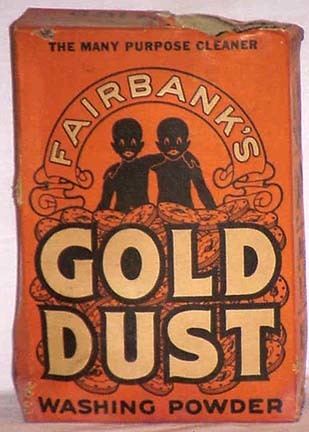Residence 'Kemah' estate Role Chemist Name James Boyce | Spouse(s) Mable Thompson Employer N. K. Fairbank | |
 | ||
Parent(s) Joseph Boyce and Mary Barre Died June 2, 1935, Saugatuck, Michigan, United States | ||
James F. Boyce (November 15, 1868 – June 2, 1935) was an American chemist who contributed to the manufacture of soaps and detergents. He pioneered techniques now used in the isolation and removal of consumable hydrogenated vegetable oils from plants, especially cottonseed. Later in life, he ran the Chicago Glass Novelty Company.
Contents
Family
Boyce was born in Chicago, Illinois to Joseph (1832–1889) and Mary Barre Boyce (1834–1925), both mid-century immigrants to New York City.
Boyce's successful work as a commercial chemist allowed him to move to the somewhat exclusive Hyde Park area of Chicago's South Side, where he met Mable Hannah Thompson, whose parents owned a summer estate, 'Kemah', located in Saugatuck, Michigan, in Allegan County. They married June 22, 1899 in Chicago. They had nine children. Early in the twentieth century the family relocated to a fruit farm near Saugatuck.
Early life and career
In 1889 Boyce began working as a chemist for the industrialist, Nathaniel Kellogg Fairbank. He quickly rose to the rank of foreman at the N.K. Fairbank Soap Company of Chicago. Boyce had his first career success as the supervising chemist in the formulation of Gold Dust Washing Powder, an all purpose cleaning agent first introduced in 1889. Initially a regional success, the brand quickly rose to national prominence. The product's mascots, the iconic Gold Dust Twins, were featured in print, written and eventually radio ads. The twins, "Goldie" and "Dustie," made an easily recognizable trademark found in most U.S. homes during the first half of the twentieth century, even spawning a radio program in 1929, the Gold Dust Twins Radio Show. Gold Dust was distributed in the U.S. and Canada by the Lever Brothers Company.
Boyce made his most notable discovery while working with cottonseed in an attempt to extract usable oils for the soap industry in the 1890s. Cottonseed oil, as then being produced, was of limited practical use as a food supplement or additive for human consumption. However, Boyce's novel industrial hydrogenation procedure using a nickel catalyst proved successful and was considered a scientific breakthrough. This allowed its application (by the likes of French chemist Paul Sabatier and manufacturing giant Procter & Gamble) to the commercial exploitation of vegetable oils and fats, leading to the creation of such products as today's "oleomargarine" and vegetable shortening.
Retirement and later life
Boyce retired from the N. K. Fairbank labs and took up growing fruit at Kemah, with hired hands doing most of the physical labor in the orchards. Around 1915 he assumed the position of president of the Chicago Glass Novelty Company, headquartered in Marion, Indiana. He held this post until his death.
Death
Boyce died on June 2, 1935. He is buried in the Gibson Cemetery, in Laketown Township, Allegan County, outside Holland, Michigan.
